Gelip Full Coverage Tip Extensions Do's & Don'ts
Gelip is Kokoist’s Line of Full Coverage tips. Full coverage tips are a quick long nail enhancement. They take nails from nubs to studs in no time… but there is a little bit of a learning curve that of course like anything, you can overcome with practice.
SO in today’s video we’ll be going over Gelip Full Coverage Tips, Do’s & Don’ts.
Here are the Dos and Don’ts when using Kokoist Gelip Full Coverage Tips.
Alright!
#1 Do give the natural nails a diligent prep.
Prep the nail thoroughly removing all of the shine from the nail with the 100 grit size of your sponge buffer, or the 180 grit board file. Increasing the grit just a tad, when doing full coverage tips or extensions in general, will create a tighter bond.
You’ll also want to dust and clean the nail plate. I highly encourage you to use both a manicure brush AND a lint-free towelette. All Kokoist Products are applied without the use of a pH balancer or bonder so all you would use to prep is a solution of minimally 90% alcohol.
Don’t use a super smooth buffer, but if you do, don’t swing it across the natural nail super fast or you will shine the nail, and your nails may pop off.
Be thorough here. I promise you, that any spec of dust or hang nail in the way will lead to lifting, and if you or the client are pickers, you will pick these types of enhancements at your earliest convenience.
#2 Do pre-size all of your nails individually.
Doing so will make you more efficient with your application time. Make sure they fit from sidewall to sidewall. And, if the natural nails have a lot of c-curve, Gelip Tips are purposely designed thin from about the middle to the cuticle area, and so you can actually roll-in a curve into the tip if you wanted too.
Don’t size each nail as you go, as you are most likely to get frustrated and slow yourself down, and you really need to remain cool, calm & collected when setting these full coverage tips. Too much pressure is a no-no, but we’ll talk about that in a bit.
#3 Do apply the tips 2mm away for the best fit and most narrow application.
This is the official Kokoist Method of applying Gelips. And the little gap left behind is infilled. I do personally prefer this method, especially for professional salon applications, as blending requires a bit more technique, but also keeps clients from picking on the sides of the enhancement.
Don’t press the Gelip all the way back into the cuticle area, unless the natural nails are a perfect fit or you adjust the width ever so gently with a file. A few styles like almond are wider than others, and will therefore require adjusting if you do indeed want to press them all the way back towards the cuticle area.
#4 Do wear gloves when applying.
This is because when you cure, your application may require that you hold the back end of the Gelip with your finger.
And here’s a word of caution. Don’t touch any of the exposed gel with your bare fingers, as continuous exposure to uncured gel, including the tacky layer after it is cured, can lead to product allergies, and/or sensitivities.
#5 Do scrub the inside of the Gelip with 90% alcohol.
This will remove any oils from handling, and minimally make the surface a bit more matte.
Do not scrub the inside of the nails aggressively with either alcohol or acetone, or even non-acid bonder. The tips are already pre-etched, so you don’t want to smooth the inside by scrubbing too hard.
#6 Do apply the tip by holding it at the base of the nail.
This will ensure the cuticle area remains thin, and after 5 secs of holding the cure, you can gently tap the free-edge to bring the gel down. By applying this way, not only do you keep the cuticle area thin, but you also can manage the nail tip better and keep it from turning into a hook or claw nail.
Don’t press the free-edge in first, as you will cause gel to seep out on the sidewalls and under the free-edge. I do find it harder to control this way. You’ll also be left w/o a hand if you need a spare one to reach for something.
#7 Do use sufficient gel to apply.
The biggest mistake we make when applying full cover tips is that we don’t use enough gel, and so we counter this error by adding a bunch of pressure instead, which in return does not yield the proper adhesion.
Don’t use too little gel or you will not have enough gel for the nails to adhere. And don’t use a lot of gel or you will have a lot of overflow, and end up with a serious gap in between the natural nail and the tip
#8 DO use a high power unit to give your application a full cure. I will opt for a lengthier cure like 60 secs, as the light has to penetrate through the plastic.
Don’t just finish your application with your portable unit or a flash cure. A proper cure consists of power from the light emission AND the length of the cure. If you are experiencing popping off of the tip from the gel on the natural nail, this could be the culprit.
Leaving uncured, or semi-cured gel behind on the natural nail or skin will lead to sensitivities in the future.
#9 Do Blend and remove the shine from the plastic nail prior to overlaying.
Do not leave any part of the nail tip with shine. Gel does not adhere at its best when it is applied on a shiny surface.
and…
#10 Do adhere with Mega Stick Base. MSB is true to its name, and has the highest adhesion component within the Kokoist Line. If you’re looking for 3+ weeks of wear this is the option to go for.
Don’t use Excel Builder to adhere. Depending on the client and your application Bonding Duo may give you an OK adhesion if you use it as the gel to adhere. I recommend you use it to overlay instead. And just bear in mind that you do not have to use a big amount of gel to overlay your tips, as the structure comes indeed from the plastic itself.
Check out the description box below, for direct links to the items in this video.
Hope you can meet us again next week, and bye for now!
___

Paola Ponce is an independent nail educator helping the Japanese gel nail niche and its nail techs grow! You can follow more of her work at www.paolaponcenails.com and @paolaponcenails on Instagram. Save & support her work with affiliate code PPN10.
___
These blogs are copyrighted material and any use of this blog is not permitted without written concern first. Some of these blogs contain affiliate links that provide us with a small commission when qualifying purchases are made. Thank you for your support that helps us to continue creating valuable resources and content like this.




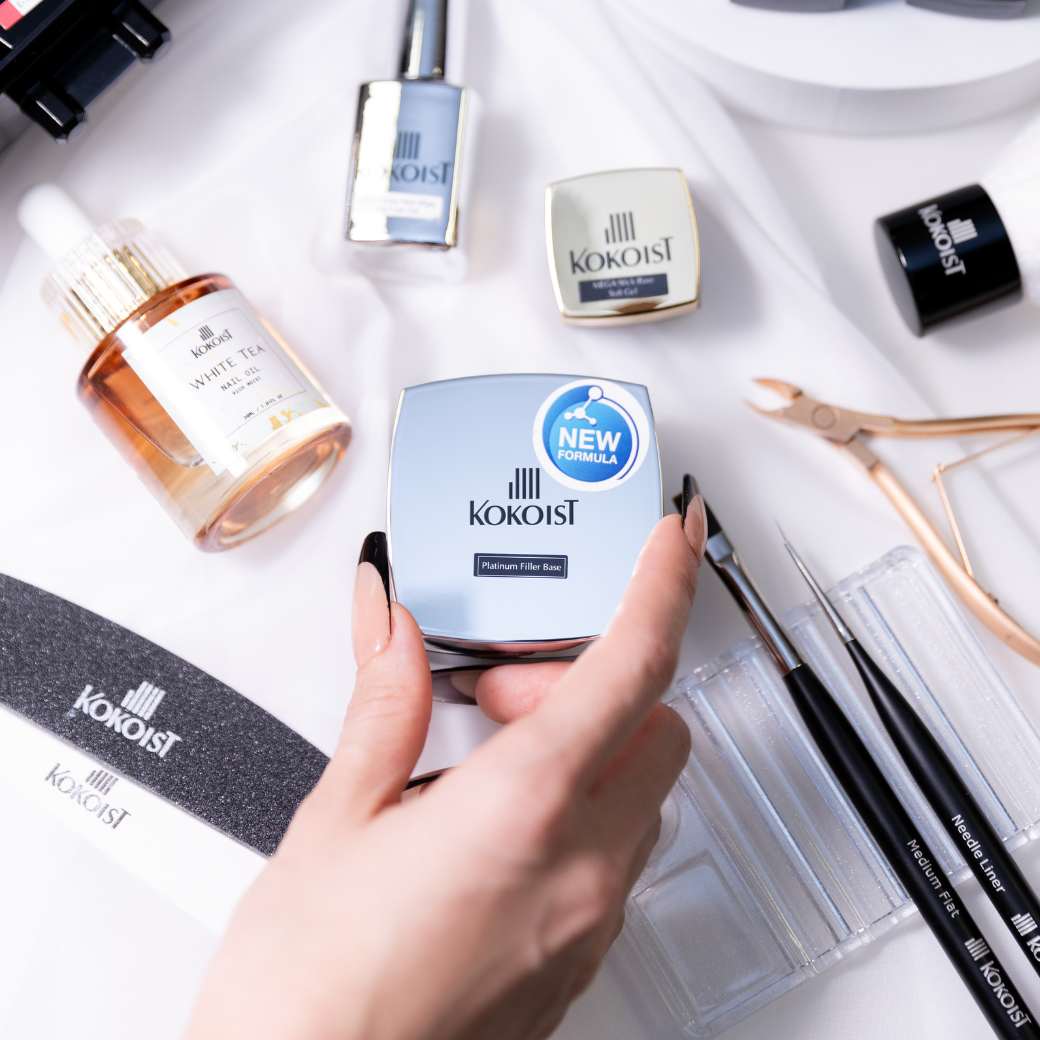
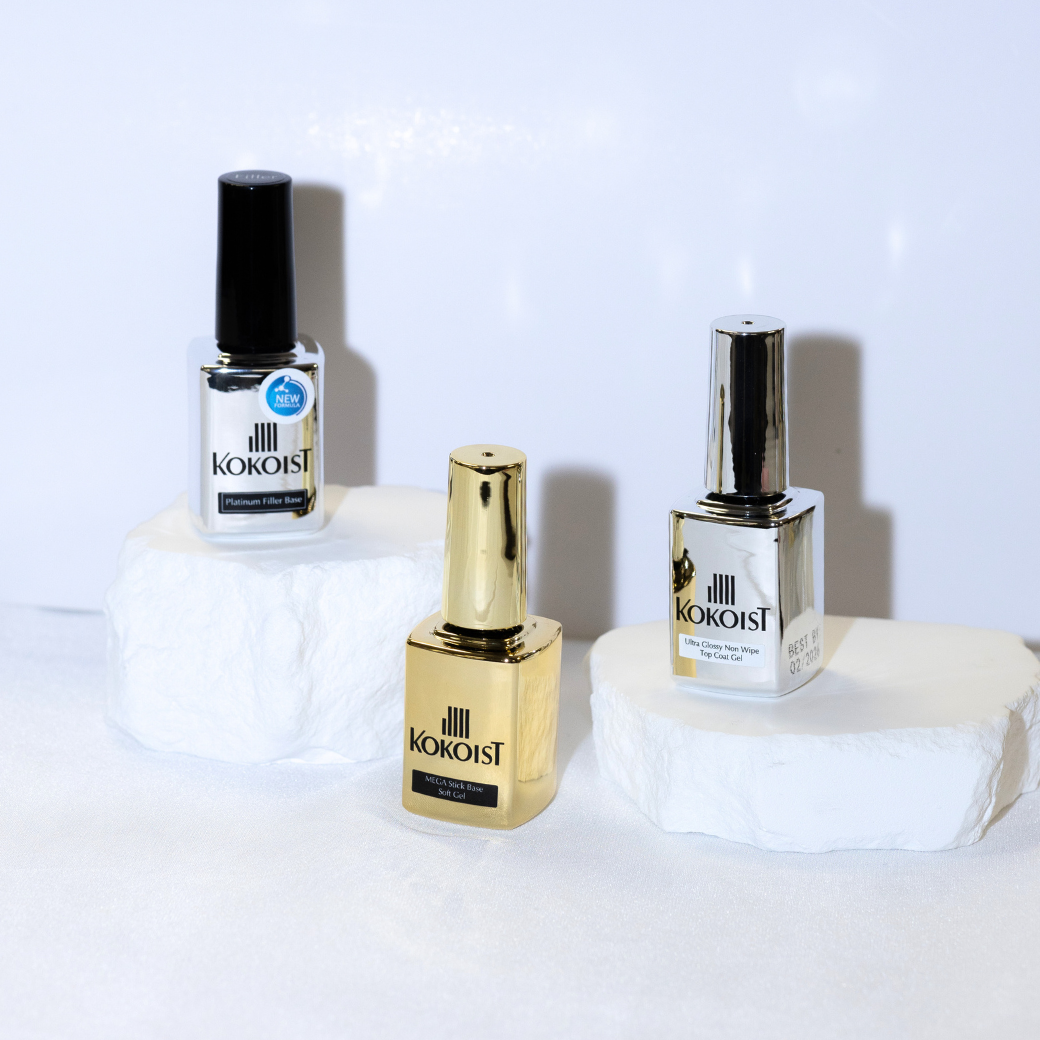
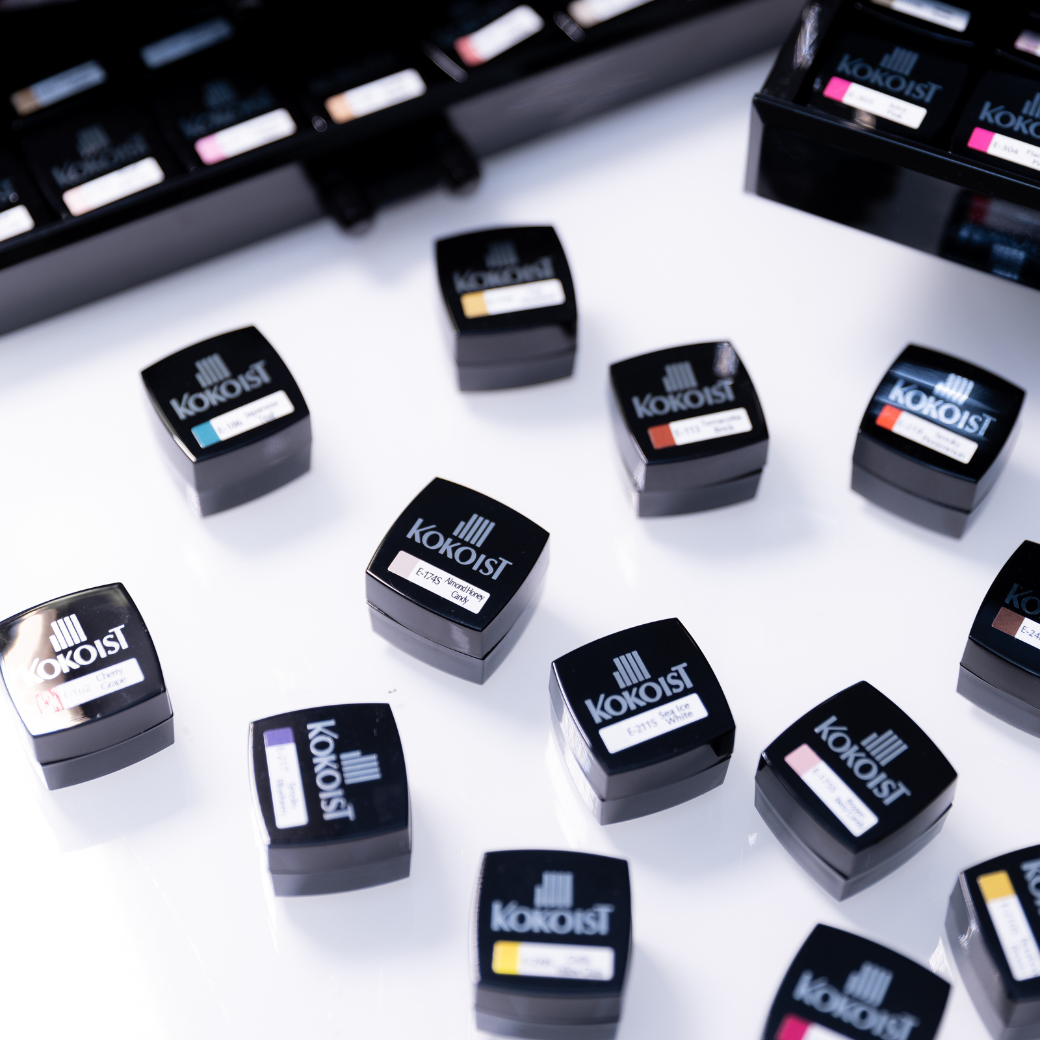


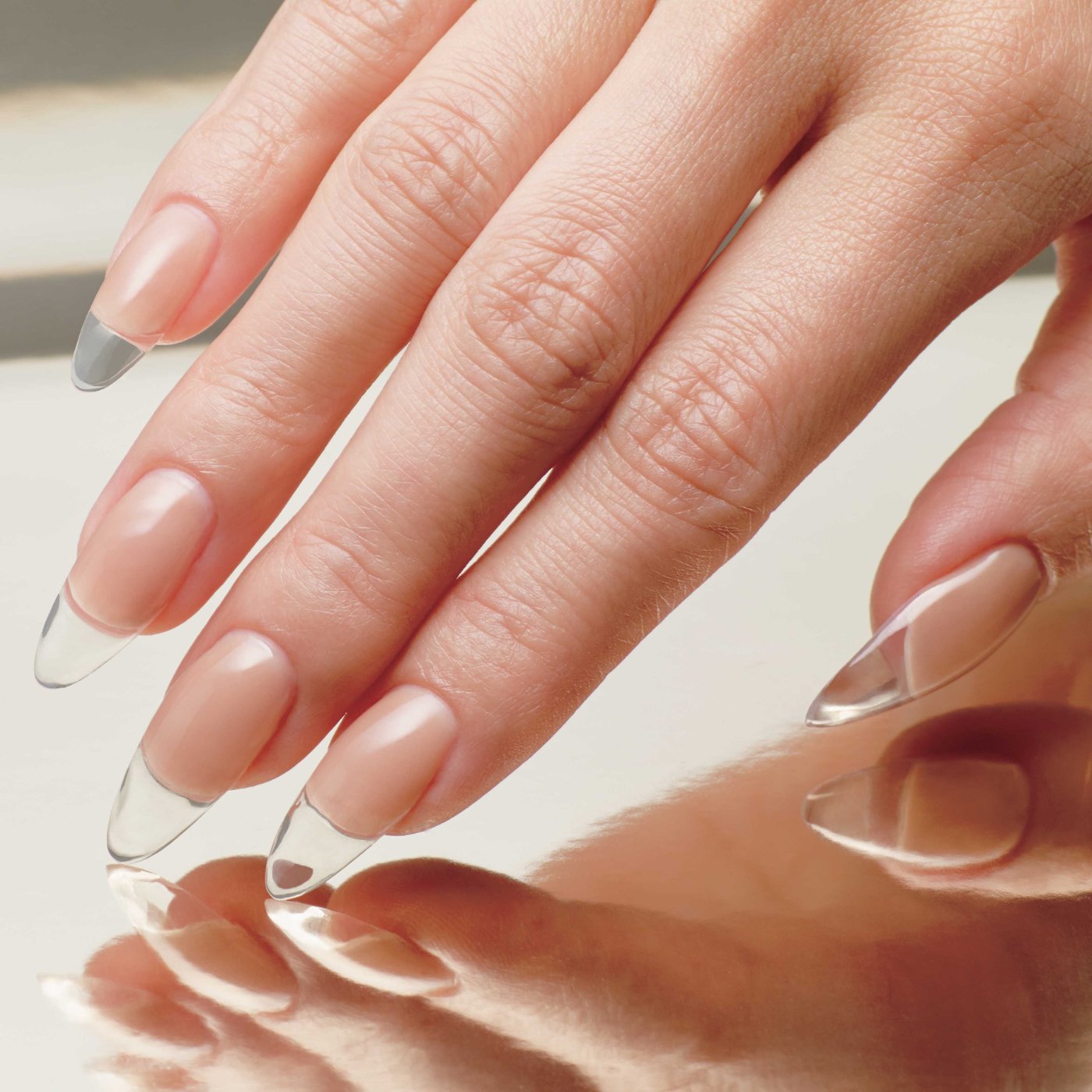
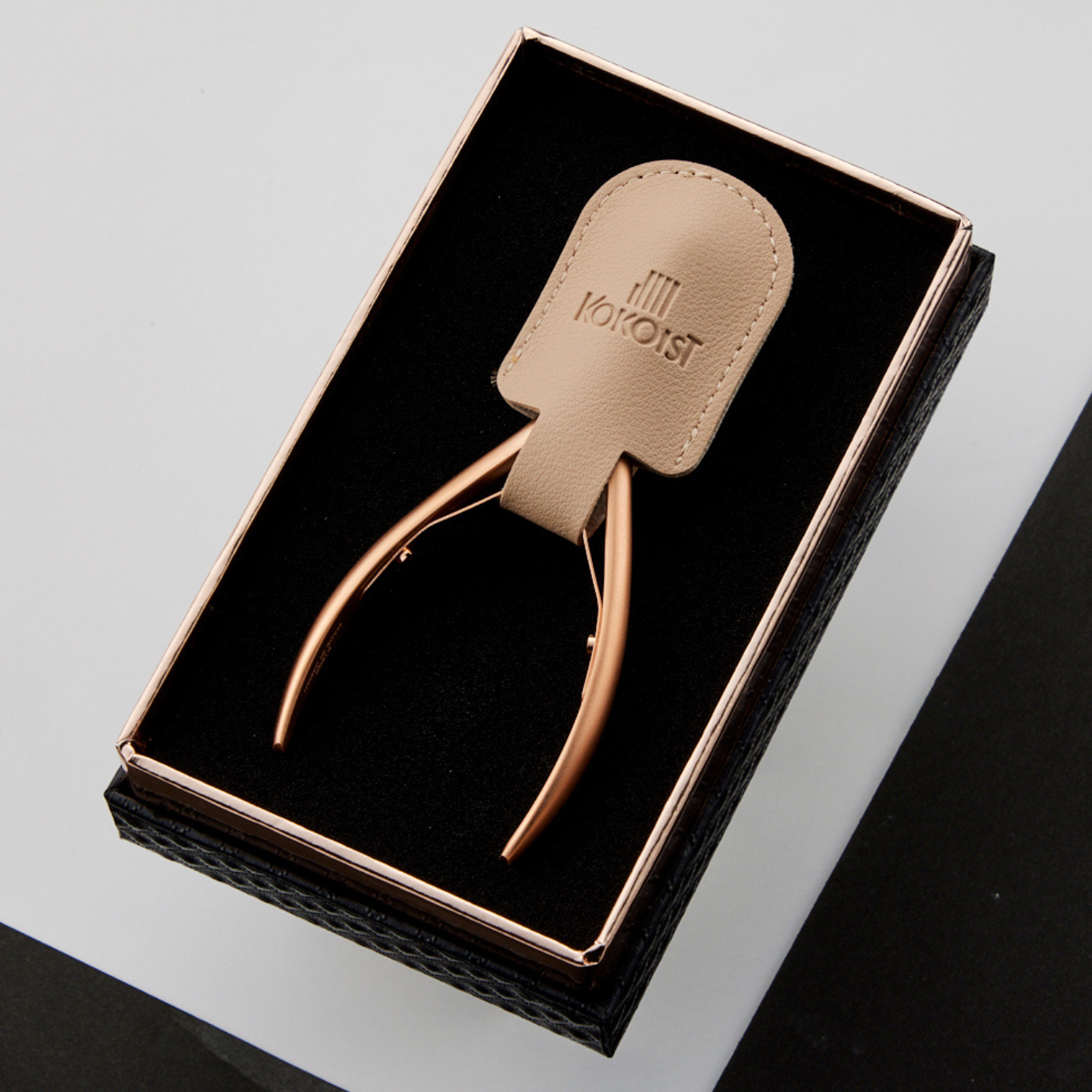
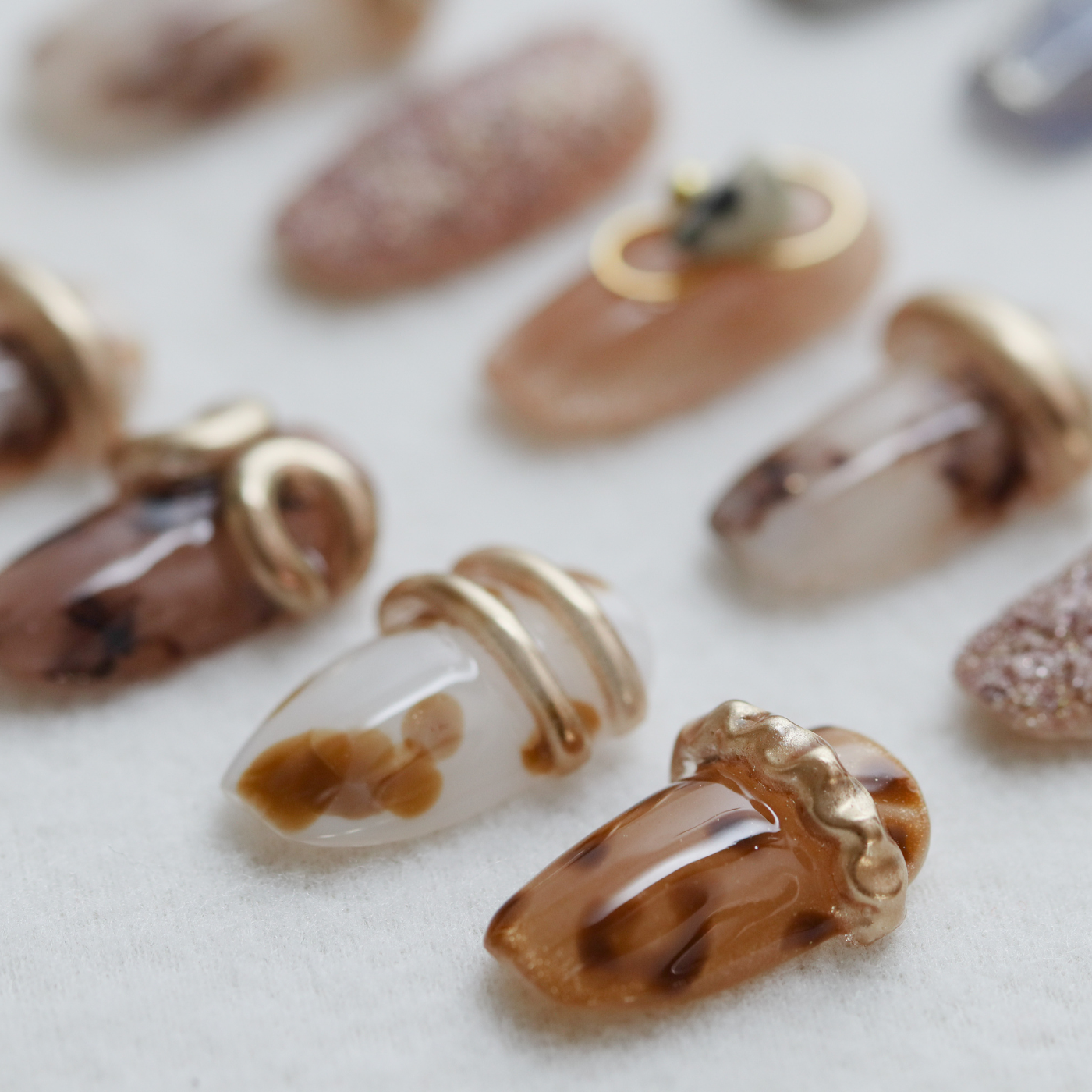
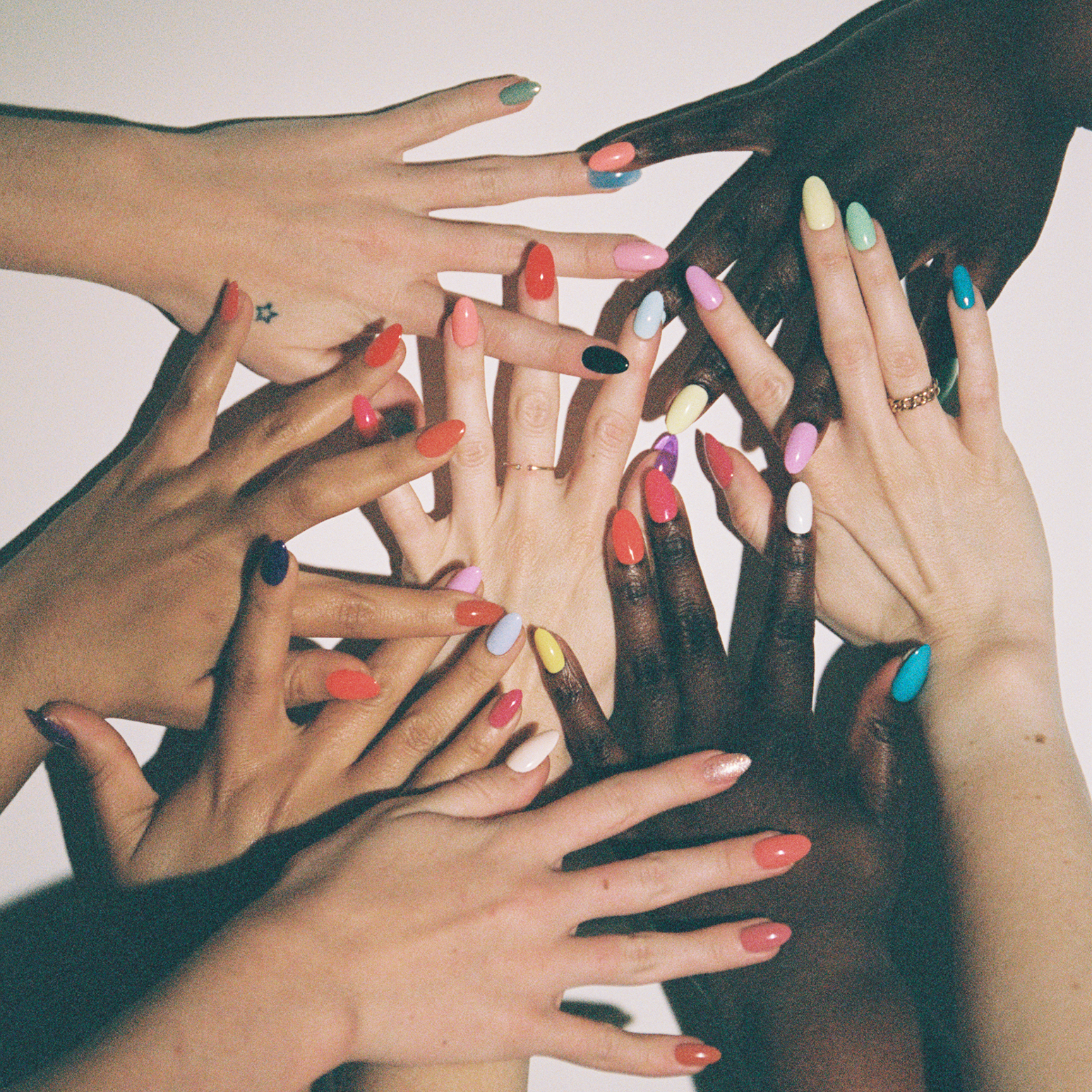
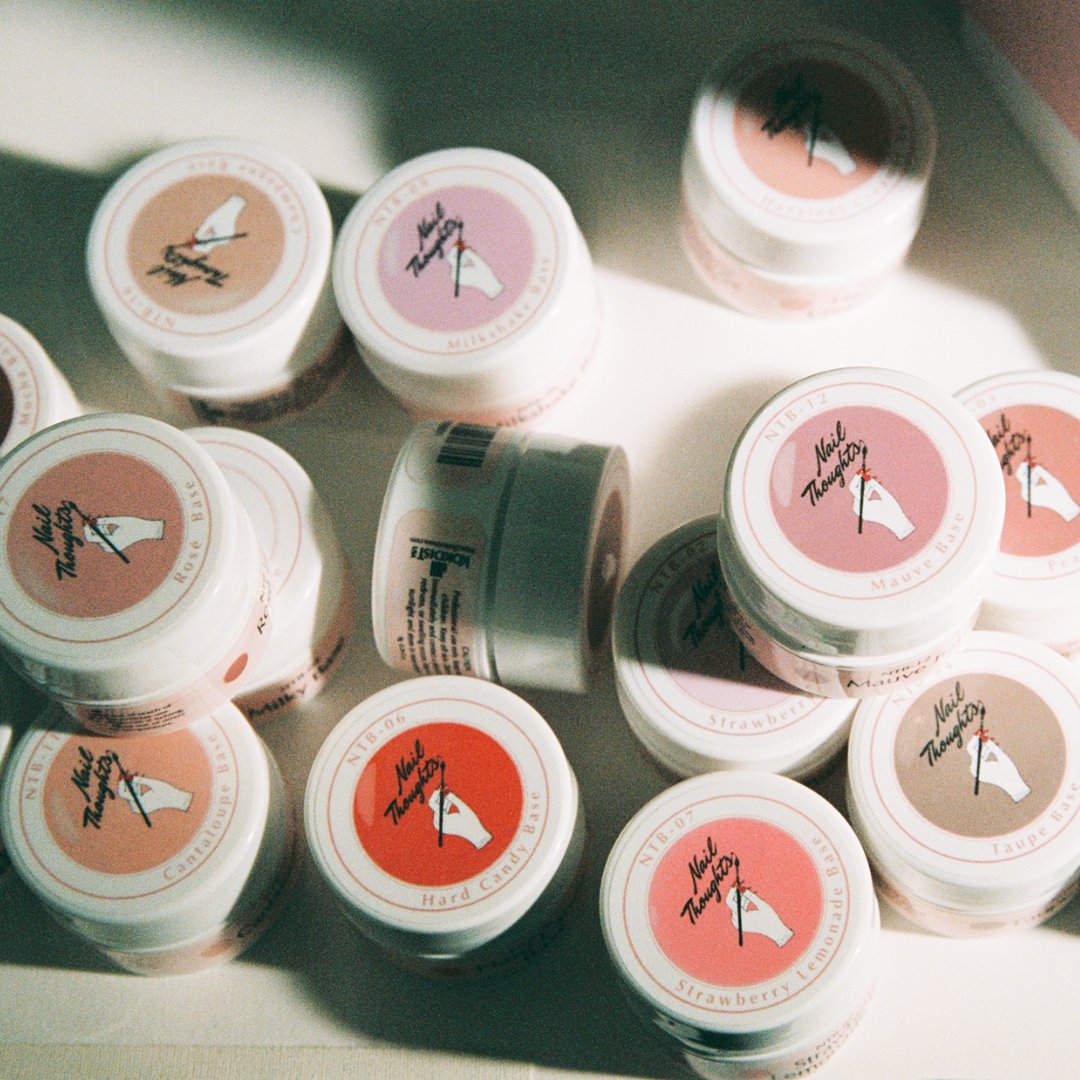
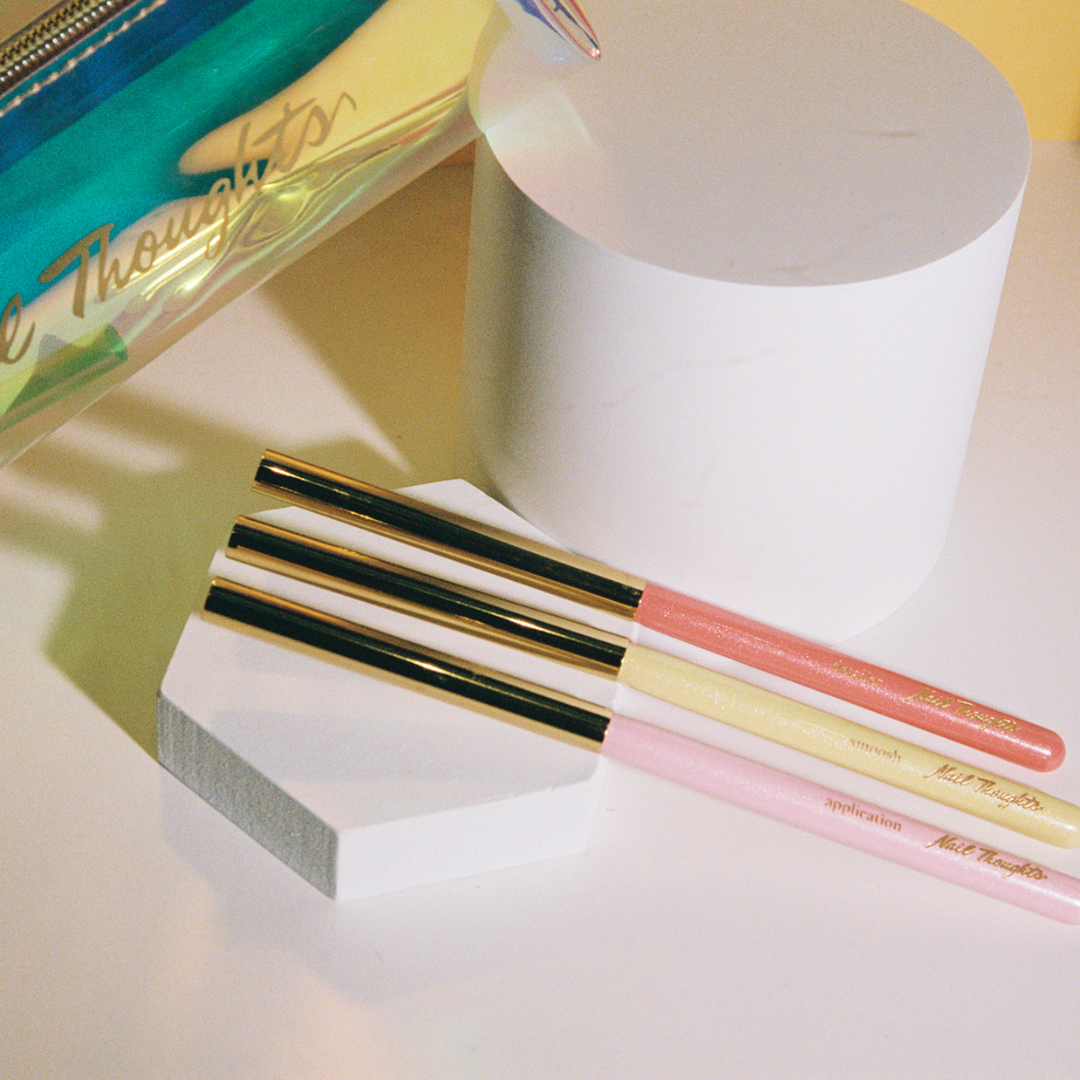
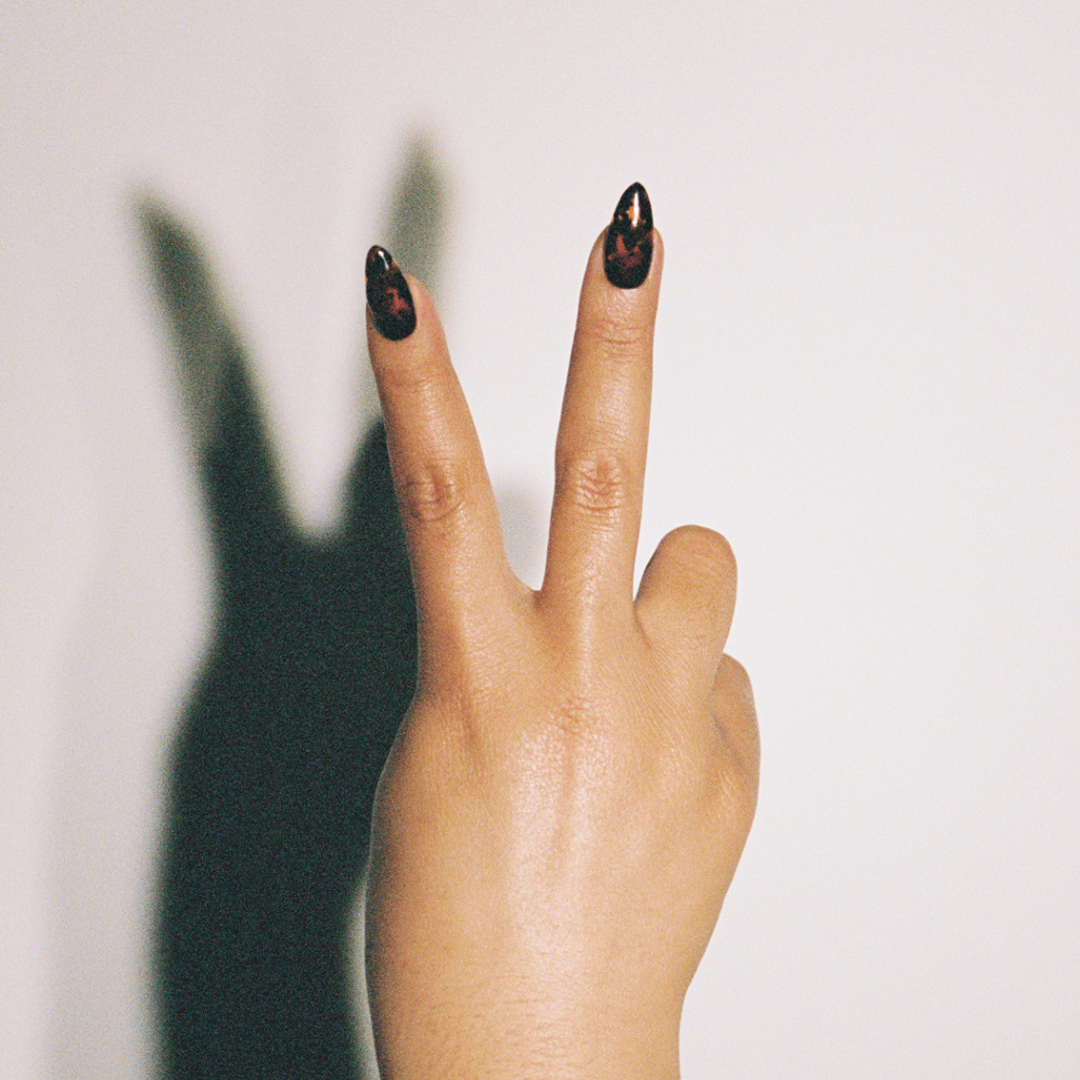



Leave a comment